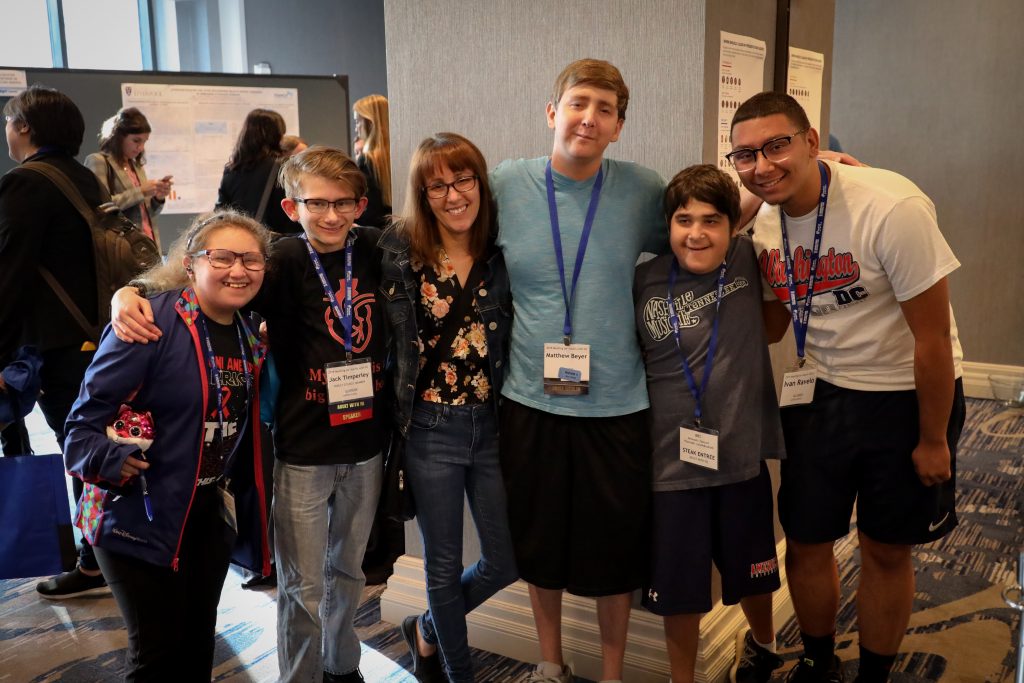FA publication spotlight
In the September 2019 issue of Blood Reviews, FA researchers published a paper reviewing the literature on Fanconi anemia. We asked the authors to provide a summary. Thank you, Dr. Blanche Alter.
Authors on the paper: Fiesco-Roa MO, Giri N, McReynolds LJ, Best AF, Alter BP:
Genotype-Phenotype Associations in Fanconi Anemia: A Literature Review, Blood Reviews 2019
Moises Fiesco-Roa and his colleagues at the National Cancer Institute reviewed the world’s literature on Fanconi anemia, focusing on cases in which the mutated gene had been identified and physical findings were described or stated to be normal. Close to 80% of the more than 500 cases that met these criteria had physical abnormalities. The most frequent findings included short stature, radial ray defects (radii and/or thumbs), skin pigmentary changes (café au lait, hyperpigmentation, hypopigmentation), renal structural malformations, and microcephaly. Several of these are included in the lists of findings in the acronyms VACTERL-H (Vertebral, Anal atresia, Cardiac, Tracheoesophageal fistula, Esophageal atresia (and/or duodenal atresia), Renal, upper Limb, and Hydrocephalus) or PHENOS (skin Pigmentation, small Head, small Eyes, abnormal central Nervous system structure, Otology, and Short stature). The genetic mutation analyses included the individual genes, their position in the FA/BRCA DNA repair pathway (upstream, ID complex, and downstream), and whether the mutations were null (no protein) or hypomorphic (a small amount of protein).
The genotypes with the largest proportion of patients with abnormalities were FANCB, FANCD1/BRCA2, FANCD2, FANCJ/BRIP1 and FANCN/BRIP1, while the smallest proportion with abnormalities were in FANCA. Null rather than hypomorphic mutations were associated with the highest frequency of renal malformations, microcephaly, short stature and VACTERL-H. Patients with mutations in the ID complex (FANCI and FANCD2) had the highest proportion of abnormalities, followed by downstream and then upstream genes. VACTERL-H was most frequent in FANCB and FANCI, compared with least in FANCA and FANCG, while PHENOS was most frequent in FANCD2 and FANCI and was rare in FANCA and FANCC.
This report reinforces the importance of early consideration of FA among infants with VACTERL-H, particularly if they also have features of PHENOS. Chromosome breakage studies can confirm the diagnosis of FA, and genotyping can follow. It is critical to emphasize that absence of characteristic physical abnormalities does not rule out the diagnosis of FA, and FA must be considered in patients who present with aplastic anemia, leukemia, or specific types of solid tumors. However, physical abnormalities may lead to the diagnosis of FA, provide insights into the genotype and the risks of gene-specific adverse events, and guide counseling and management earlier rather than later.




